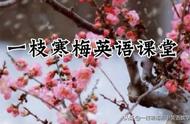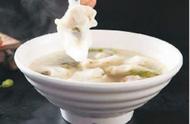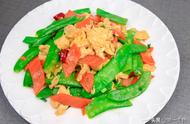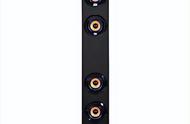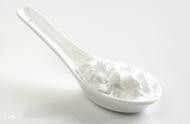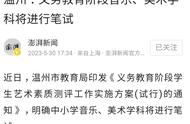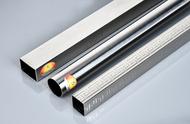7.Seasoning bottles: You usually won't find any salt, pepper, tomato sauce, or mustard on the table in a Chinese restaurant. But if you have breakfast at a dumpling and steamed bun shop, you can enhance the flavor with soy sauce or vinegar from a bottle poured into a dipping dish.
调味瓶。你通常不会在一家中餐馆的饭桌上找到盐、胡椒、番茄酱或芥末的瓶子。但是如果你在一家饺子店或者包子店吃早餐,你可以凭喜好往蘸碟里加酱油或醋。
8.Desserts: Sweet desserts are served after Western dinners, while Chinese have fresh fruit or tea for dessert.
甜点。吃完西餐后一般会上一份甜点,而中国人则是吃点儿新鲜水果或者喝杯茶。

9.Round tables vs. square tables: Chinese traditionally eat at round tables, particularly family meals, as it's convenient to share dishes with others. Roundness symbolizes unity in China. Westerners eat at square tables, which is more convenient for individual meals, with long tables for bigger groups.
圆桌对方桌。传统上来说,中国人吃饭用的是圆桌,尤其是当家庭聚会时,因为这很方便和其他人分享美食。在中国“圆”象征着“团圆”。而西方人一般用方形餐桌吃饭,这更加方便个人用餐,吃饭人数很多时,他们还会使用长条形餐桌。

10.Cooking methods: Where Westerners limit themselves to boiling, frying, roasting, and baking usually, Chinese use more methods of cooking, like steaming, stewing, braising, and quick-frying with a wok. Chinese usually use animal/peanut oil to fry food; Westerners use more butter, sunflower oil, and olive oil.
烹饪方法。西方人的烹调方法一般就煮、炸、烤和烘焙四种,而中国人的做菜手艺就多种多样了,包括蒸、炖、焖和爆炒等。中国人做菜一般用动物油或花生油;而西方人用的则是黄油、葵花籽油和橄榄油。

Ok, that's all for today. Thank you for listning! I'm Mario. Good night!

